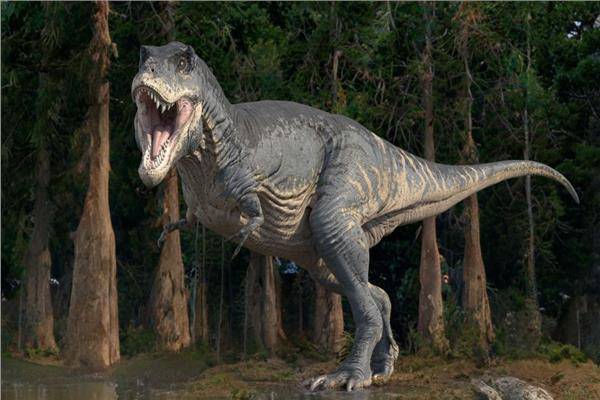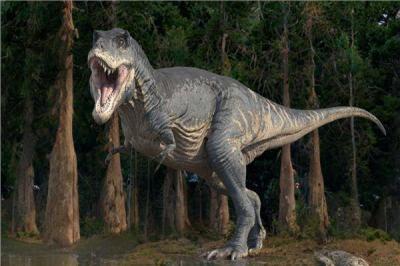It has been known that the impact of an asteroid on what is now the Mexican coast 66 million years ago caused the extinction of three-quarters of the Earth's living organisms, including dinosaurs. However, the precise nature of the phenomenon caused by the Chicxulub asteroid remained a topic of debate. Recent theories suggested that the sulfur resulting from the impact or the soot from massive fires might have blocked sunlight and plunged the world into a prolonged winter.
A study published on Monday has revived previous theories suggesting that the dust stirred up by the asteroid darkened the sky for an extended period. It is possible that fine silica dust (powdered sand) lingered in the atmosphere for up to fifteen years. The lack of light could have caused average temperatures to drop by as much as 15 degrees Celsius, according to the study published in the journal Nature Geoscience.
In the 1980s, Louis and Walter Alvarez, a father and son duo, proposed that dinosaurs may have gone extinct after an asteroid impact altered the climate by enveloping the Earth in dust. This theory was met with skepticism until the massive crater created by the Chicxulub asteroid was discovered in the Yucatán Peninsula of Mexico about ten years later.
Özgür Karatekın, a researcher at the Royal Observatory of Belgium and a co-author of the study, explained to AFP that the theory suggesting sulfur, rather than dust, may have changed the climate gained wide acceptance because it was thought that the dust was not of the right size "to remain in the atmosphere."
An international team managed to identify dust particles resulting from the asteroid impact found at the Tanis fossil site in North Dakota, USA, measuring between 0.8 and 8 micrometers. By inputting their data into climate models similar to those used today, the researchers concluded that this dust played a much larger role than previously estimated.
Simulations revealed that out of the total amount of material ejected into the atmosphere, three-quarters were composed of dust, 24% of sulfur, and only 1% of soot. The dust particles caused "complete inhibition of photosynthesis" in plants for at least a year, leading to a "catastrophic collapse" of vegetation, according to Karatekın.




